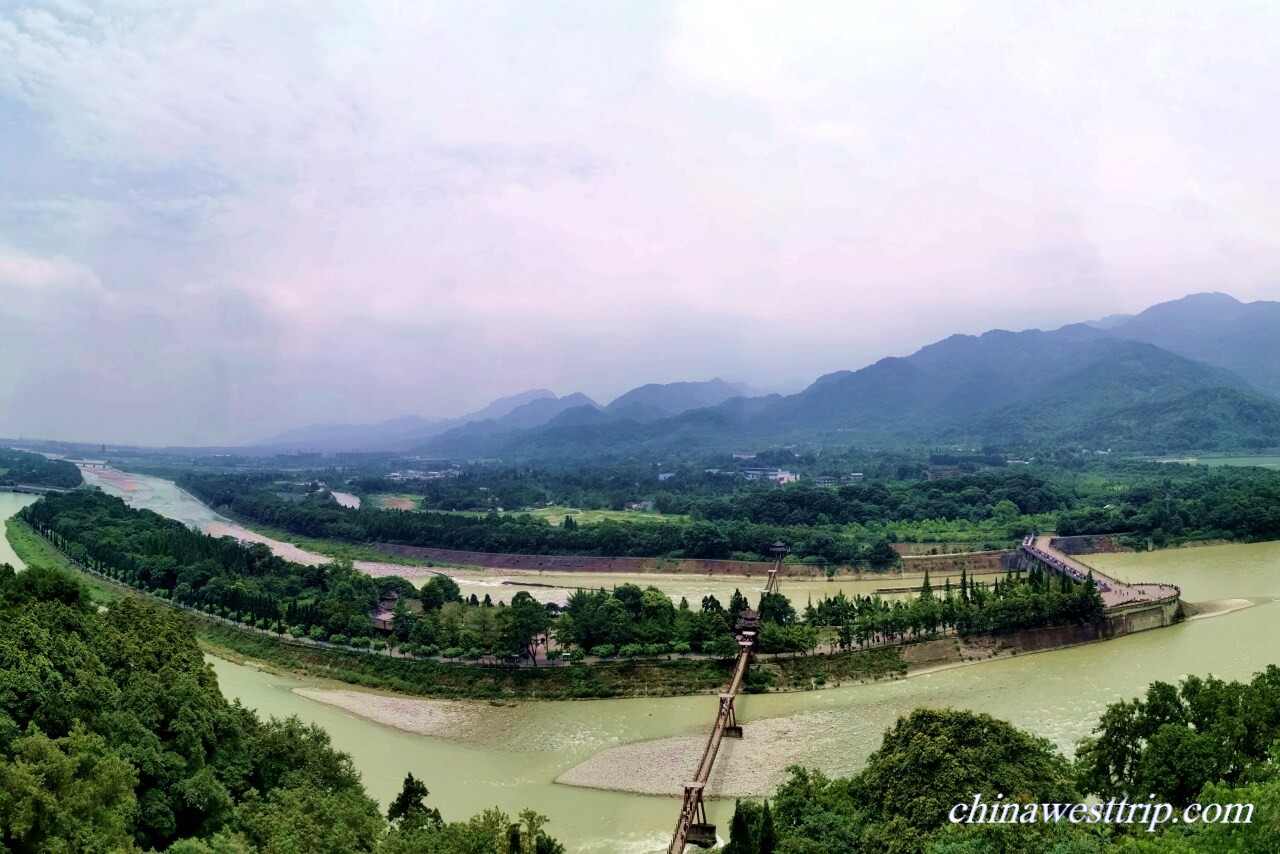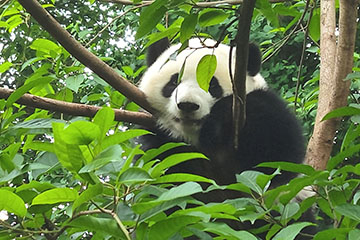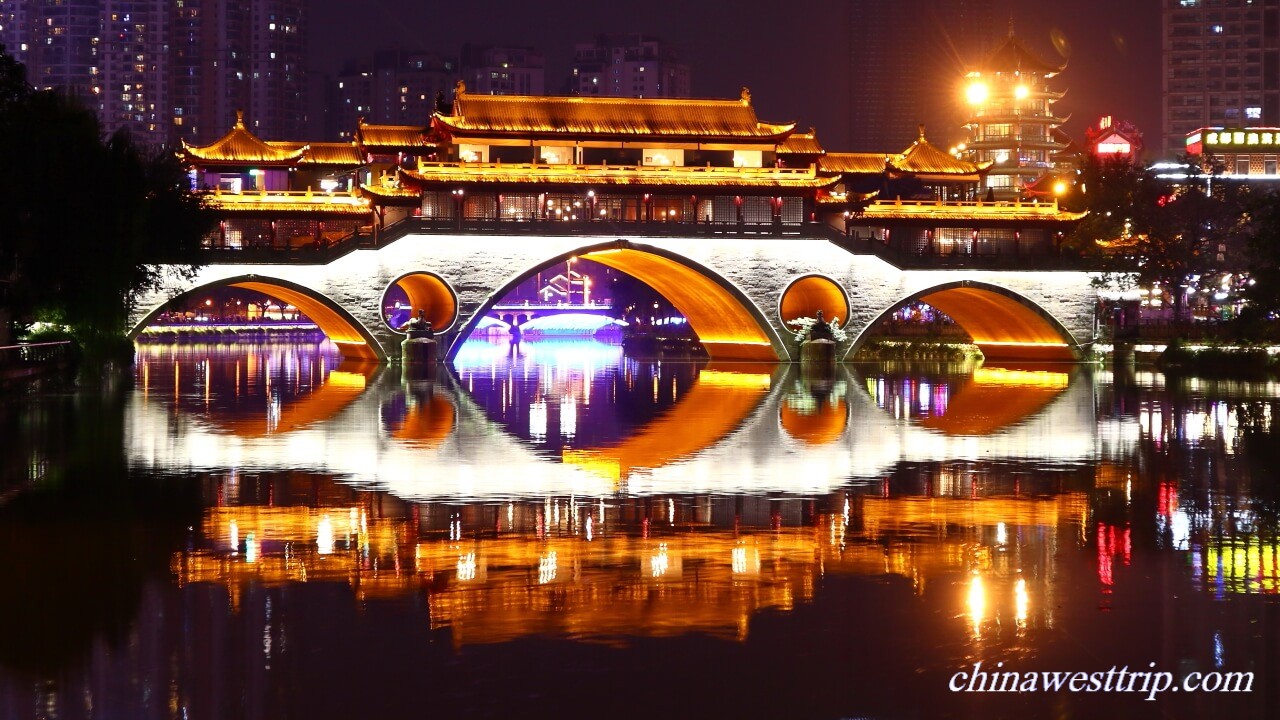
Name in Chinese: 成都 Chéng Dū [tsendu:]
Location: Southwest part of China, GMT+8
Population: 14 million as a prefecture, 8 million living in the city proper
Telephone Code: +8628
Keywords: (Here We All Pandas Are)
The Home of Giant Panda, a Relaxing City, a Gourmet City or the Paradise of Delicious Food, the Most Open-minded City in China, the Best Tourism Destination in China.
Chengdu is the best place in the world where you can not only see giant pandas, but also enjoy a deep interaction with giant pandas. It is the homeland of giant pandas. Situated in the west of Sichuan Basin, Chengdu is the capital city of Sichuan Province, is the most important industrial commercial and financial center in southwestern China. It is well-known as a relaxing city, the paradise of delicious food and the window to showcase the western China. With a long history and splendid culture, Chengdu boasts great sightseeing resources of both natural beauty and historical relics. Nowadays, travelers can enjoy the convenience of six-day visa-free transit policy.
The Homeland of Giant Panda
Chengdu is well-known as the homeland of giant pandas. It is the No.1 attraction for visitors from all over the world. The panda features have been used for decorating the whole city in Chengdu. Wherever you go, you can find the pattern of panda, panda buses, panda hats, panda backpacks, panda-decorated buildings and so on. There are five panda bases surrounding Chengdu. Some of those offer visitors chances to take volunteering jobs for pandas. The volunteers enjoy their deep interaction with giant pandas.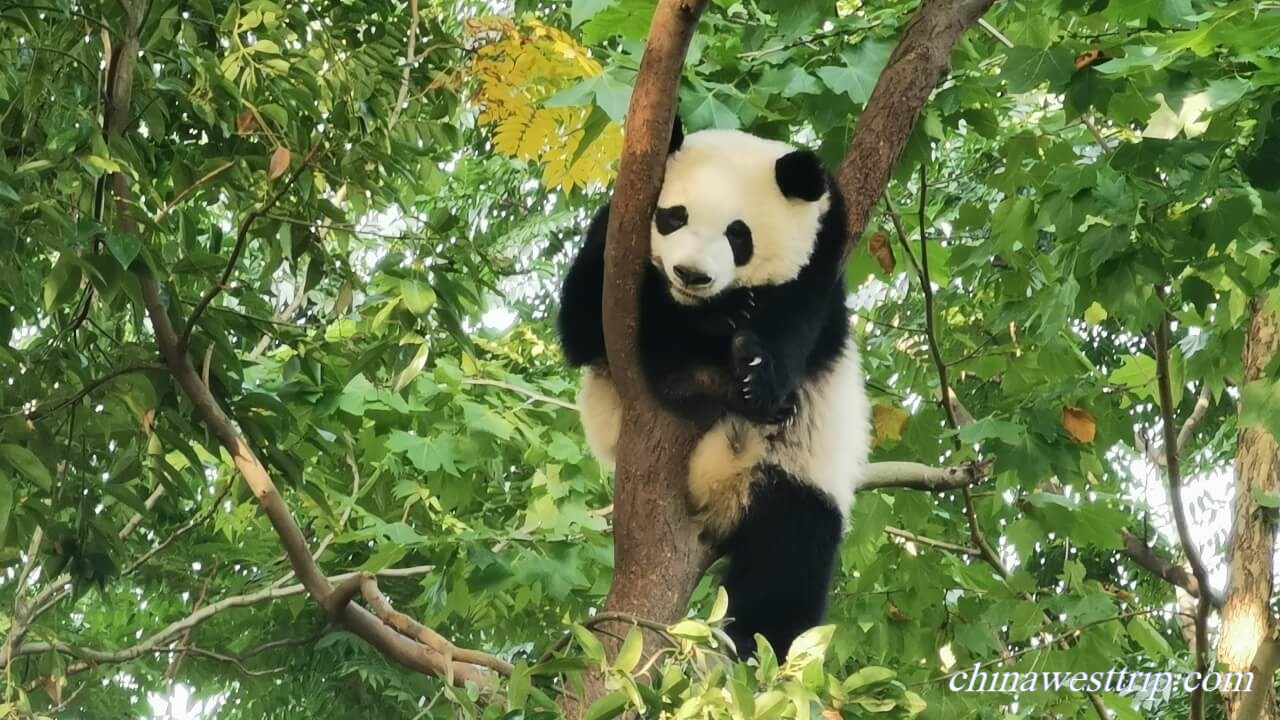 Chengdu Giant Panda Base
Chengdu Giant Panda Base
The Paradise of Delicious Food
Chengdu is a gourmet city, the paradise of good food. Chengdu people love Sichuan cuisine. The Sichuan food is hot and spicy. It is one of the top four legendary Cuisines in China, is celebrated for its diversity and sophistication. Local people have an ardent favour in the famous spicy flavour of Sichuan cuisine. There is a popular saying about Sichuan people. It goes that Sichuan people could be divided into three groups, the first one loves spicy food and how much spicy they do not care, the second one never changes their favour for spicy food even the food is deadly spicy, the third one just worries that the food would not be extremely spicy. To learn about a city you should walk with your own feet, observe with your own eyes and feel with your own heart, but for such a special city as Chengdu, you can not completely appreciate it until you have tasted with your own tongue. Among those amazing dishes, the hot pot is most widely noted one.
Even though the Sichuan cuisine occupies the majority on menus in local restaurants, you can still taste a various types of flavor in Chengdu. Chengdu is the most open-minded and friendly city in China. Both the locals and migrants or non-natives have enjoyed their peaceful relaxing lifestyle in Chengdu for hundreds of years. A variety of culture and tradition have blended together perfectly in Chengdu. You can not only find Taoist temples and Buddhist Monasteries, but also churches and mosques. As different people can go worshiping in different religious sites in Chengdu, they can also have meals in various types of restaurants. There are varieties of restaurants in Chengdu. The restaurants of both western style and eastern style can be found in every corner of the city. Those restaurants provide people many choices on their own accord, including Muslim restaurants, Indian restaurants, Turkey restaurants, Korean Restaurants, Japanese restaurants and so on.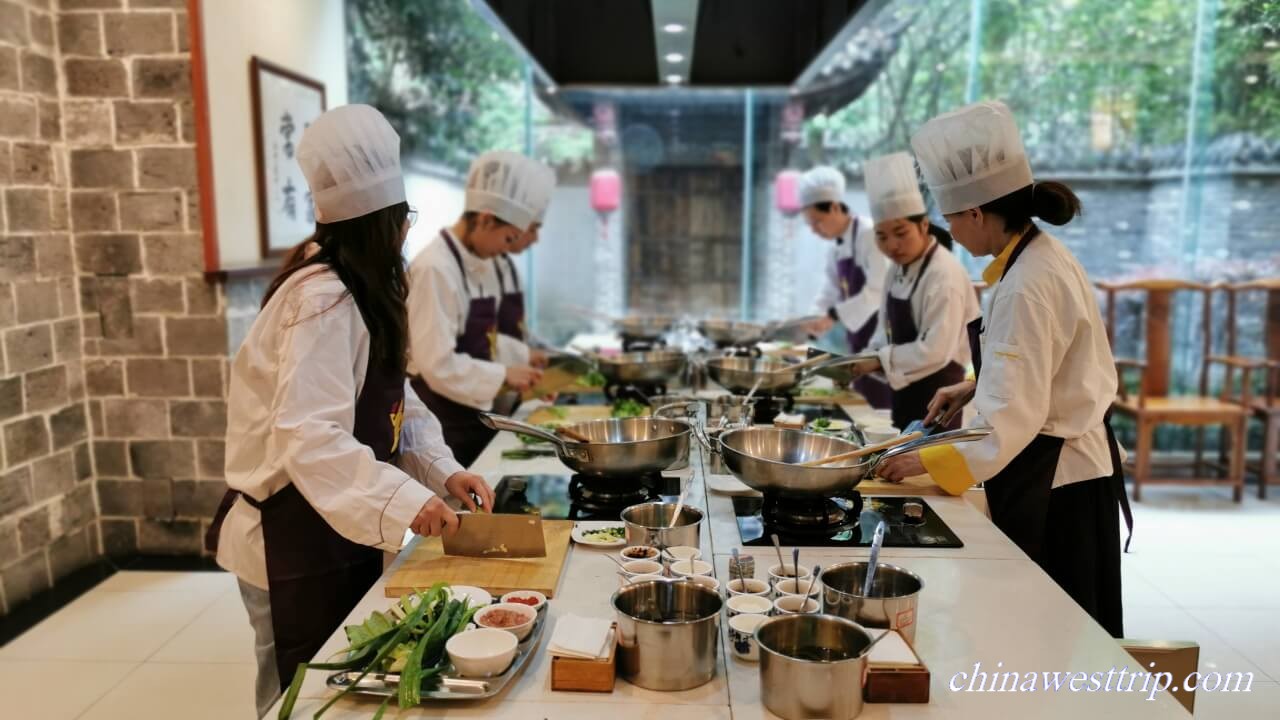 Sichuan Cuisine Museum
Sichuan Cuisine Museum
Chengdu’s Relaxed Life Style
Chengdu is well-known as a relaxing city for local people’s leisurely living style. People in Shanghai, Beijing and Shenzhen, they are runners, but Chengdu people are slow walkers. They love drinking tea in tea houses, playing Mahjong in tea houses, and watching face-changing show in tea houses too. You might think that they did everything in the tea houses. In fact, people in Chengdu enjoy many kinds of amusements, like bicycling, playing Tai Chi, singing and dancing.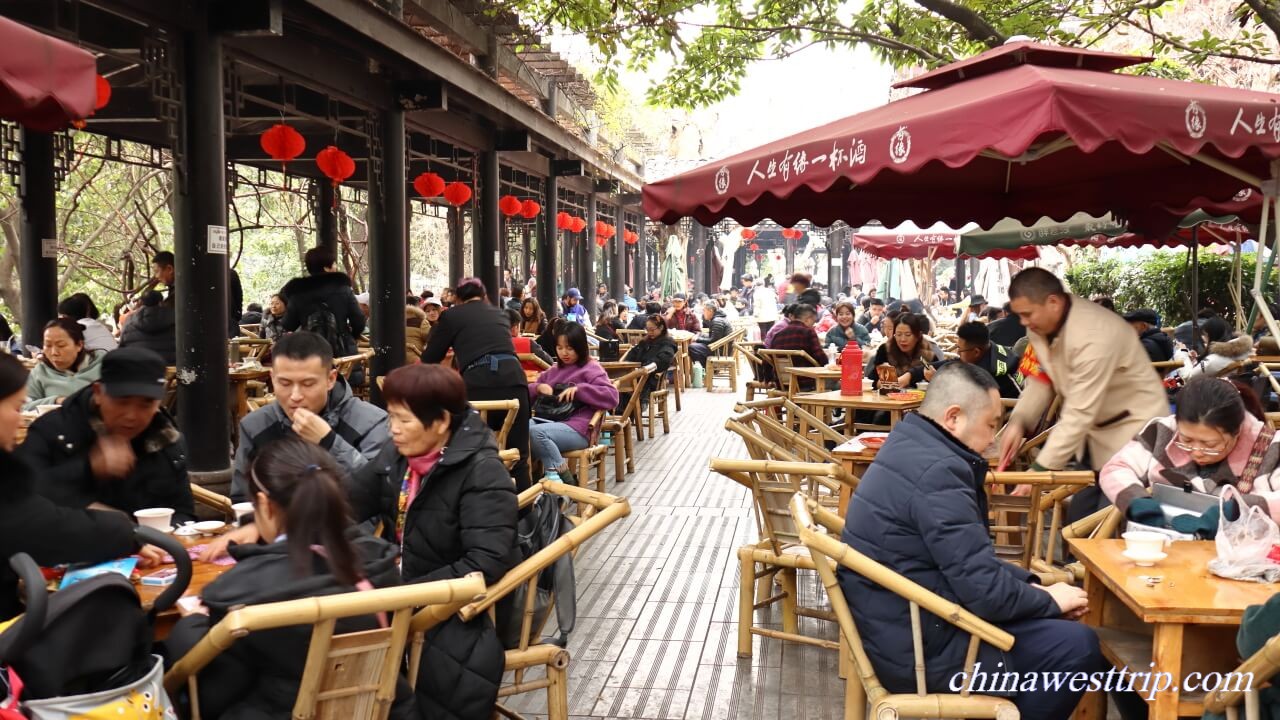 Chengdu Tea House
Chengdu Tea House
The Window to Showcase China West
Chengdu is the most important economic and transportation center in west part of China. It is a home for over 10 foreign consulates, and a foothold for over 30 chambers of commerce and trade representative offices. Chengdu Shuangliu International Airport is one of the four largest airports in China. It connects the west China with the whole world by more than 30 international direct air routes and 200 domestic air routes.
The Gateway to Tibet and the Most beautiful Land in Western Sichuan
Foreign travelers usually start their journey to Tibet from Chengdu, it is easy to take a flight or a train to Tibet in Chengdu. The west part of Sichuan Province is majorly inhabited by Tibetans. Snow mountains under blue sky and the mysterious Tibetan culture attract a large number of visitors from all over the world. Chengdu is surrounded by breathtaking natural scenery, such as the fairy land Jiuzhaigou Valley National Park, the last pure land on the blue planet Daocheng Arden, and the paradise of outdoor sports Siguniang Mountain.
Weather in Chengdu
In Chengdu, it is hot mild and humid in summer, overcast and foggy in winter. Chengdu is described as a city where you never want to leave after you go there. The weather is pleasant compared with the high mountains surrounded. The best time to visit Chengdu and places nearby is from March to June and from September to November. It is the rainy season of Chengdu in July and August. A substantial rainfall during the rainy season causes terrible disasters like floods and landslides in the mountainous areas nearby Chengdu.
History
Chengdu was built in 316BC. It boasts a long history of over 2,300 years. The King Kaiming 9th of the Ancient Shu Kingdom moved his capital to the present site of Chengdu in 368BC. In 316BC, the Ancient Shu Kingdom was destroyed by the Qin state, and turned into a prefecture. Then Chengdu was rebuilt. The name of Chengdu means becoming a city. Chengdu is the only one city in China of which the site and name have never been changed for more than 2,000 years, but it has got a lot of nicknames, such as the Turtle City, the Brocade City, The Hibiscus City and Shaocheng City. Sichuan Province is not only the birthplace of Taoism, but also the incubator of Chinese silk culture and tea culture. In the Han Dynasty(202BC-220AD), the silk brocade weaving industry and trade brought prosperity to Chengdu. In order to control the brocade production, the central government assigned an official in Chengdu, whose title was Brocade Official or Jinguan in Chinese. The official was in charge of the silk production. He initiated a large architectural complex in Chengdu, and named it as Brocade City or Jincheng in Chinese. Then Chengdu got its nickname as Brocade City. Both the Sichuan Brocade and Sichuan Embroidery are inscribed onto the top four list of China. In the Three Kingdoms Period(220-280), Sichuan was occupied by Liu Bei, who established the Shu Kingdom(221-263) in Chengdu. During the Five-dynasty and Ten-state Period(907-979), China was in chaos, more than ten independent states coexisted in China mainland. The state which covered the whole Sichuan area was called the the Former Shu State(907-905) and the Later Shu State(934-965). The King of the Later Shu State was Meng Chang. Since one of his concubines loved hibiscus flower, the king had those hibiscus planted atop the city wall. The hibiscus in blossom made the whole city colorful and splendid. So Chengdu was nicknamed as the Hibiscus City. The nickname is still used today and the hibiscus has become the city flower of Chengdu. Traced back to the Qin Dynasty, Chengdu was a noted trade city. In the Han Dynasty, Sichuan was named as Yizhou Prefecture, and Chengdu was one of the top five major cities in China. Commerce and trade in Chengdu prospered as much as Yangzhou City in the Tang Dynasty(618-907). In the Song Dynasty(960-1279), the earliest bank note appeared in Chengdu. In the following dynasties, Chengdu remained as the capital of Sichuan Province at different times. On December 27th , Chengdu was liberated and chosen again as the seat for the government of Sichuan Province.
Top Attractions:
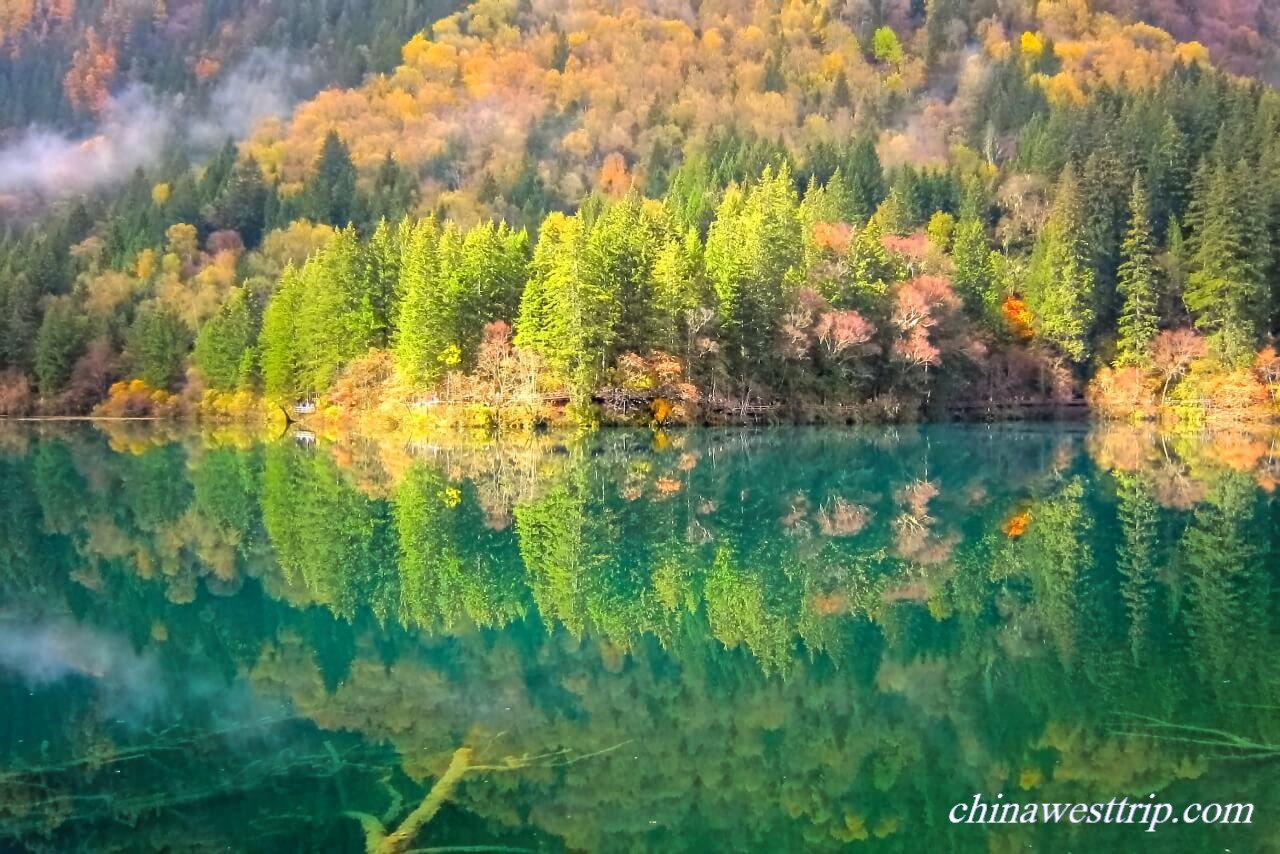 Jiuzhaigou Valley Jiuzhaigou Valley | 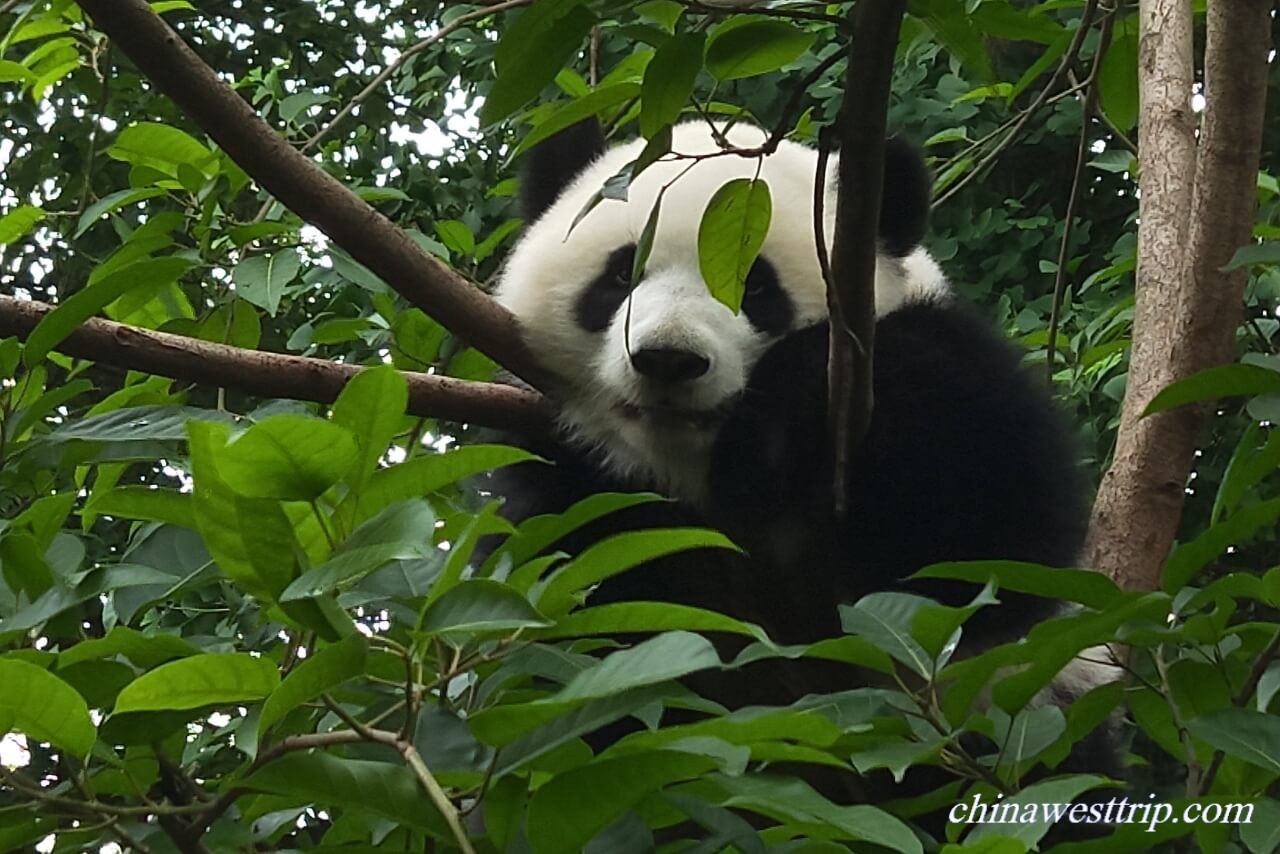 Giant Panda Giant Panda | 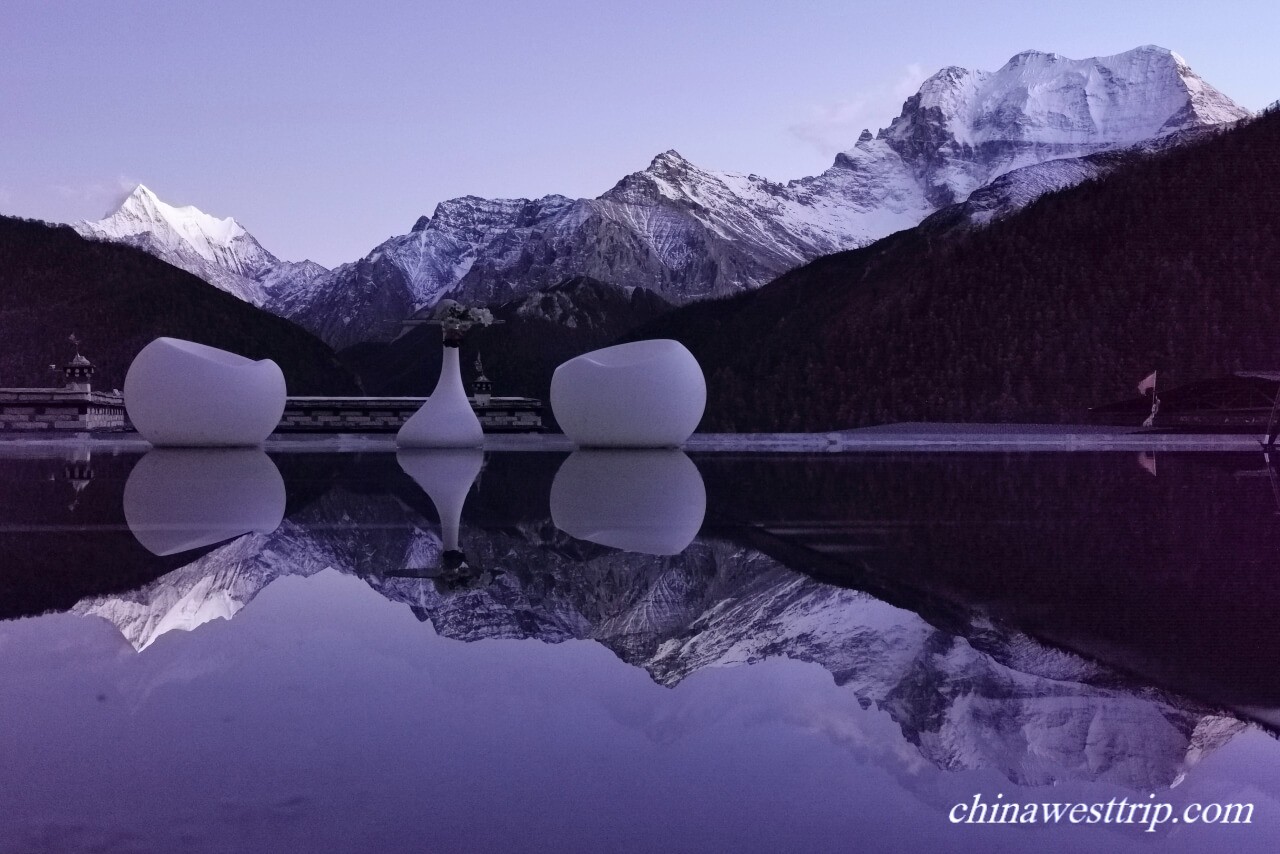 Daocheng Yading Daocheng Yading |
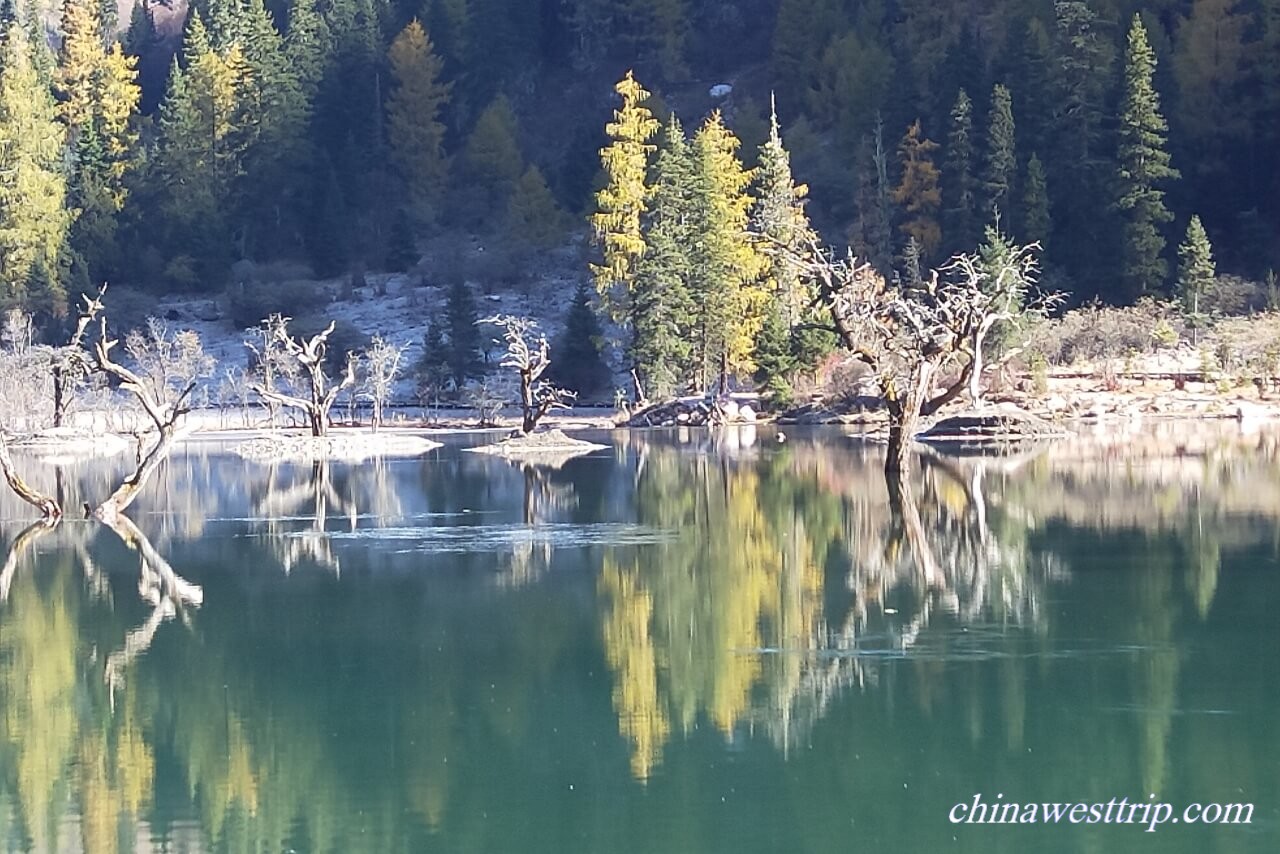 Siguniang Mountain Siguniang Mountain | 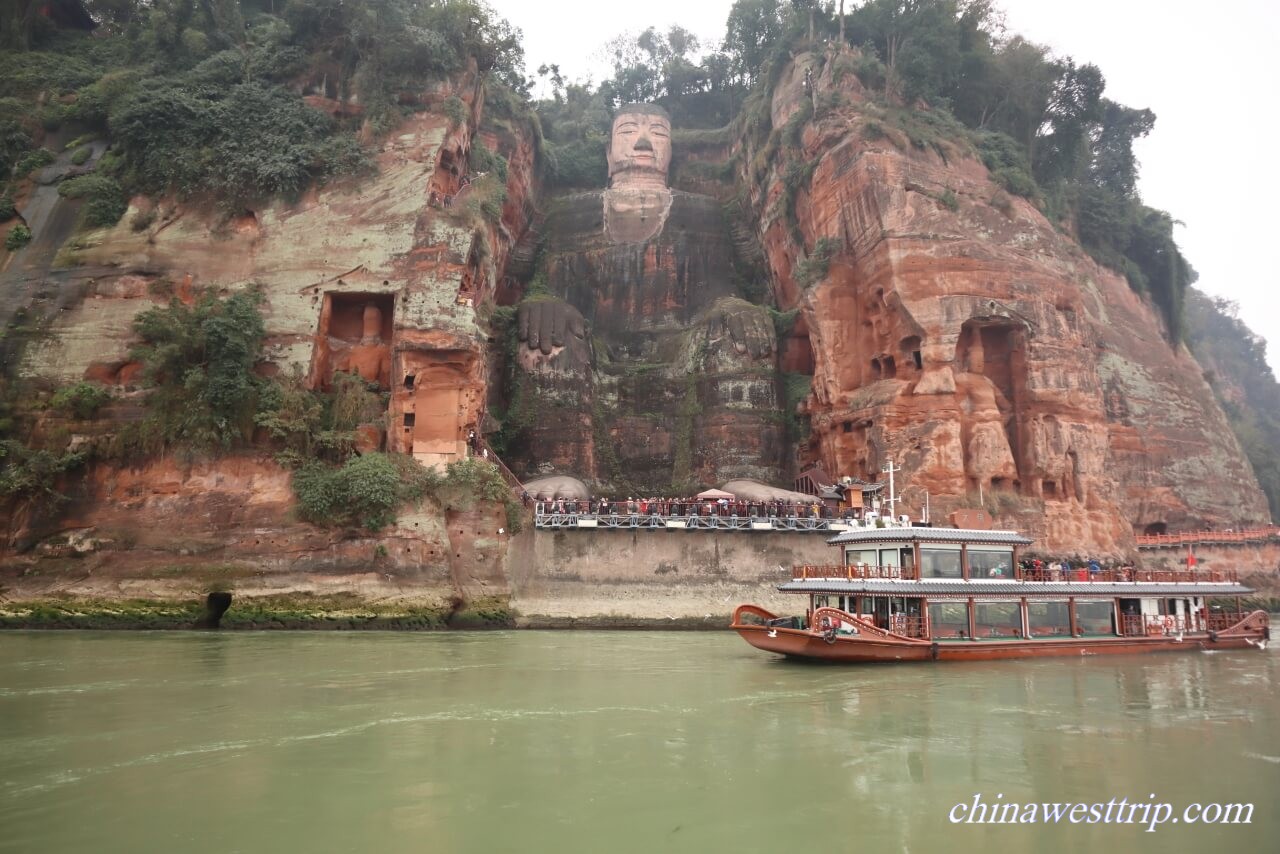 Leshan Giant Buddha Leshan Giant Buddha | 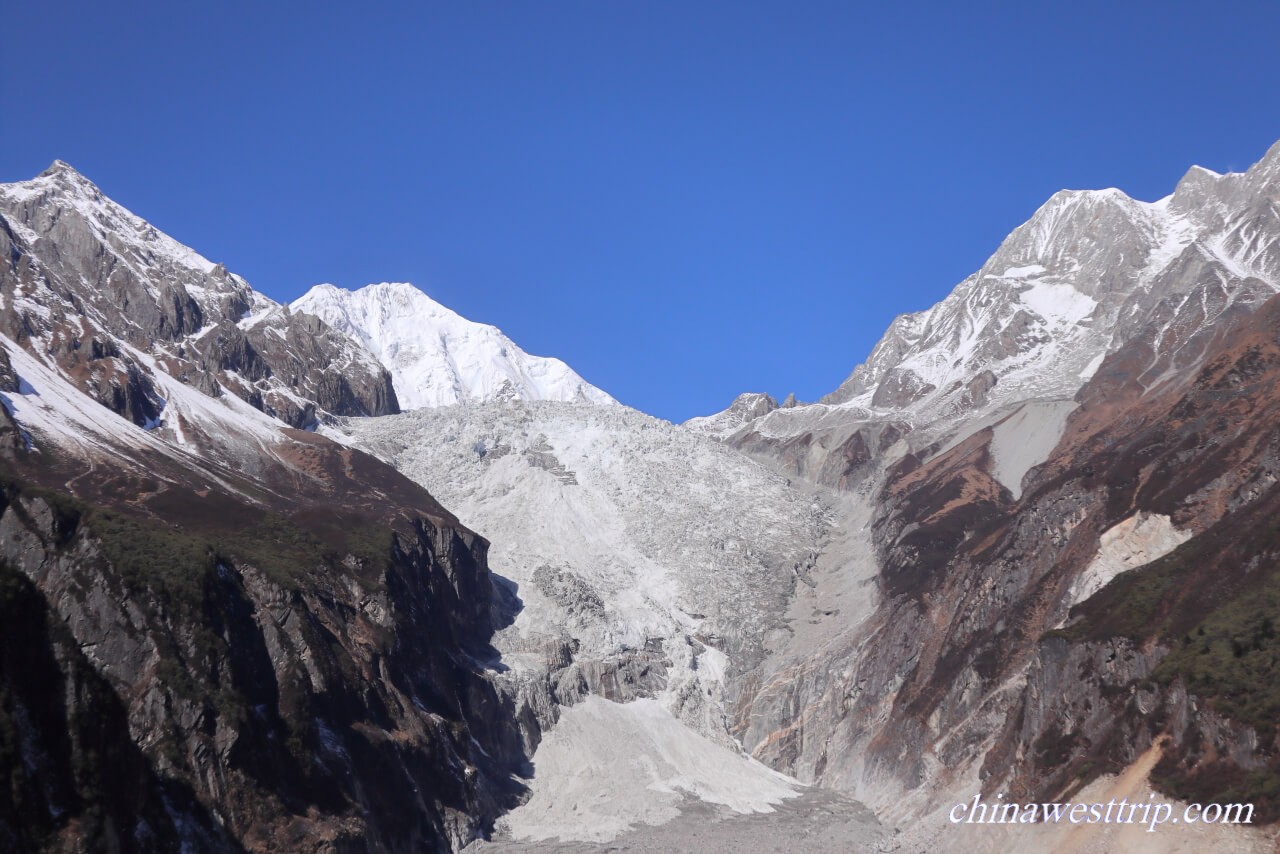 Hailuogou Glacier Hailuogou Glacier |
Author: Tina Luo Update: | 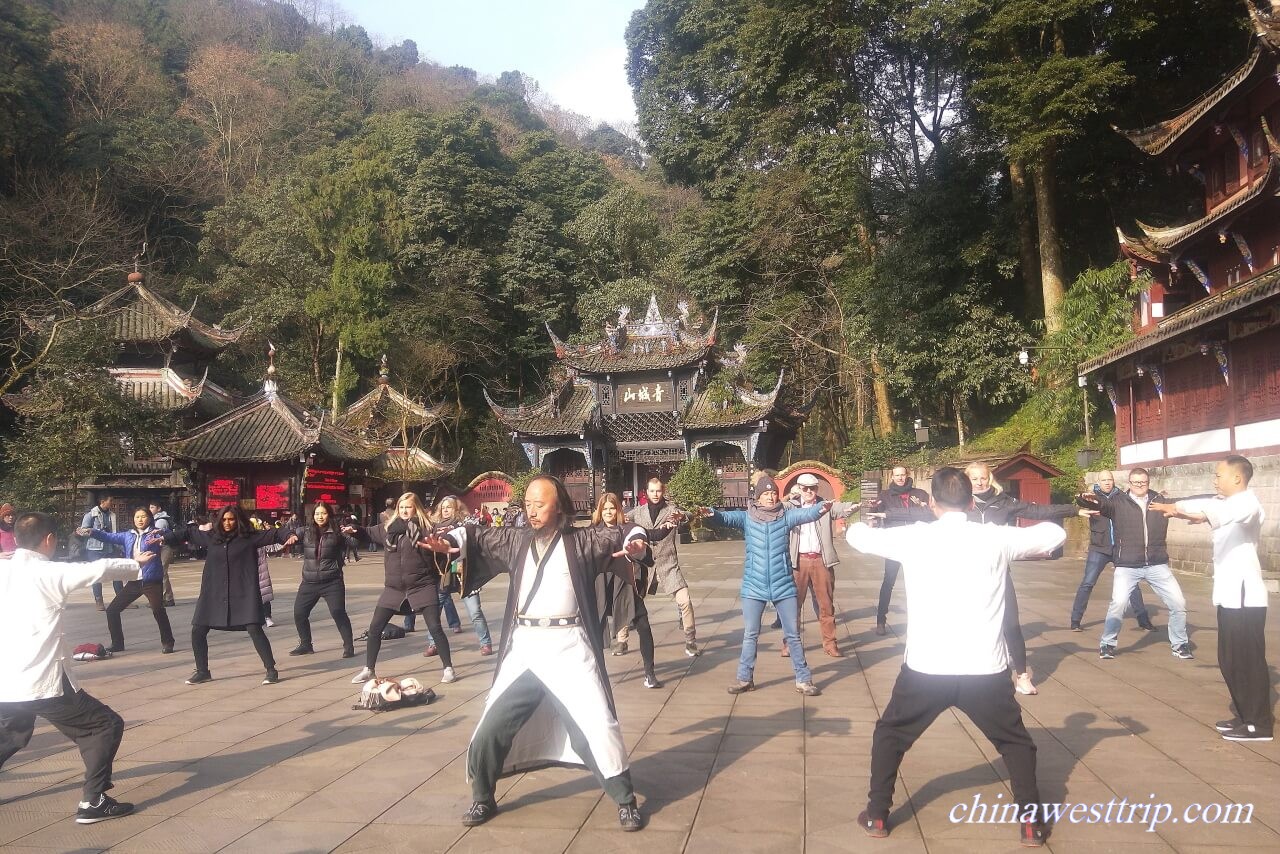 Mount Qingcheng Mount Qingcheng | 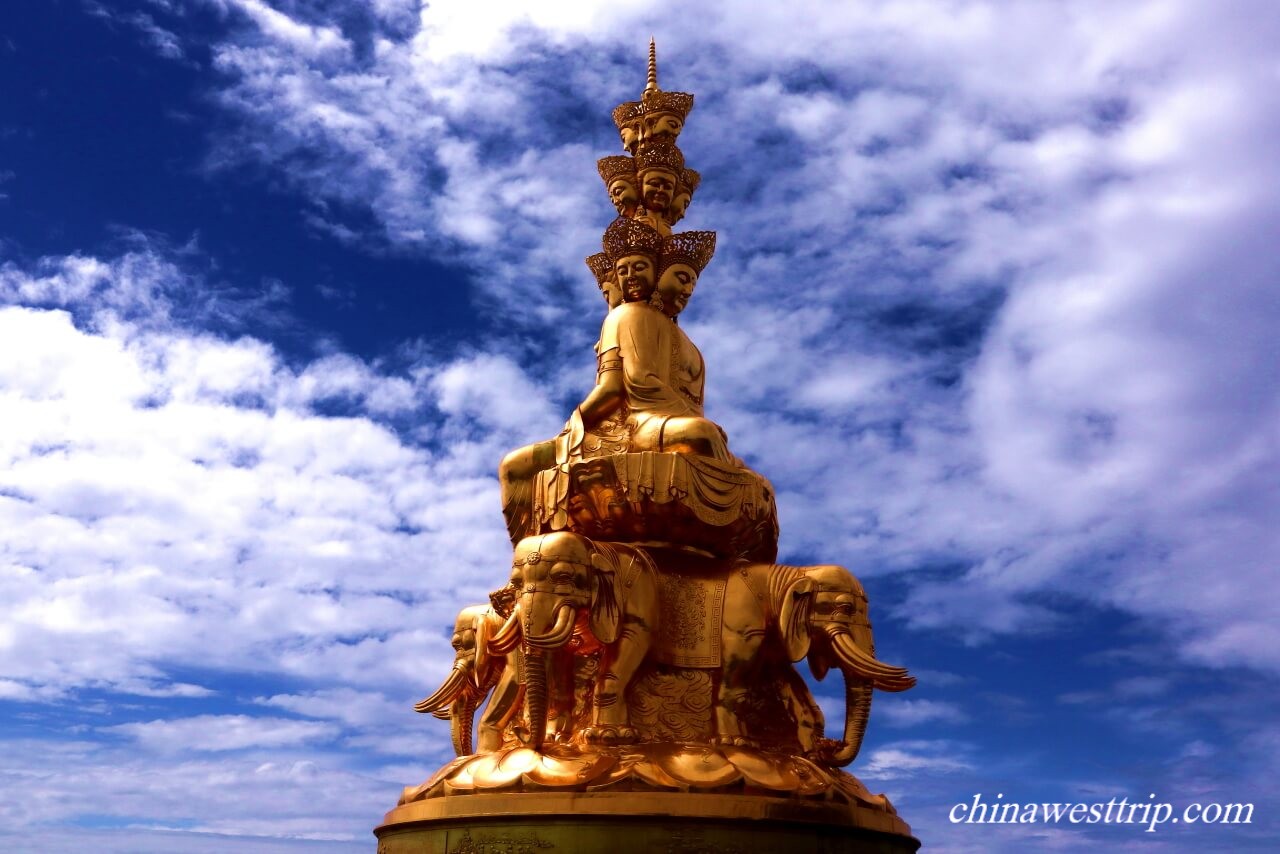 Mount Emei Mount Emei |
